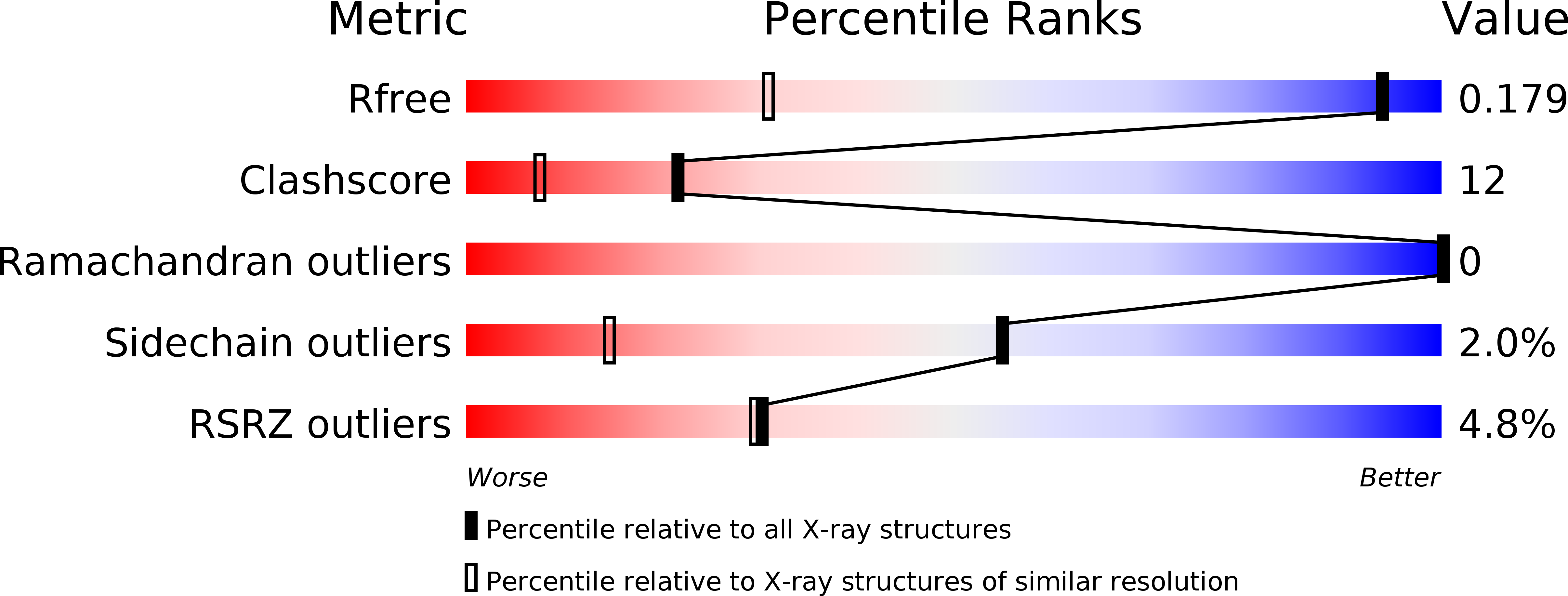
Deposition Date
2008-03-10
Release Date
2008-05-27
Last Version Date
2024-02-21
Entry Detail
PDB ID:
3CI3
Keywords:
Title:
Structure of the PduO-type ATP:co(I)rrinoid adenosyltransferase from Lactobacillus reuteri complexed with partial adenosylcobalamin and PPPi
Biological Source:
Source Organism:
Lactobacillus reuteri (Taxon ID: 1598)
Host Organism:
Method Details:
Experimental Method:
Resolution:
1.11 Å
R-Value Free:
0.18
R-Value Work:
0.16
R-Value Observed:
0.16
Space Group:
H 3


